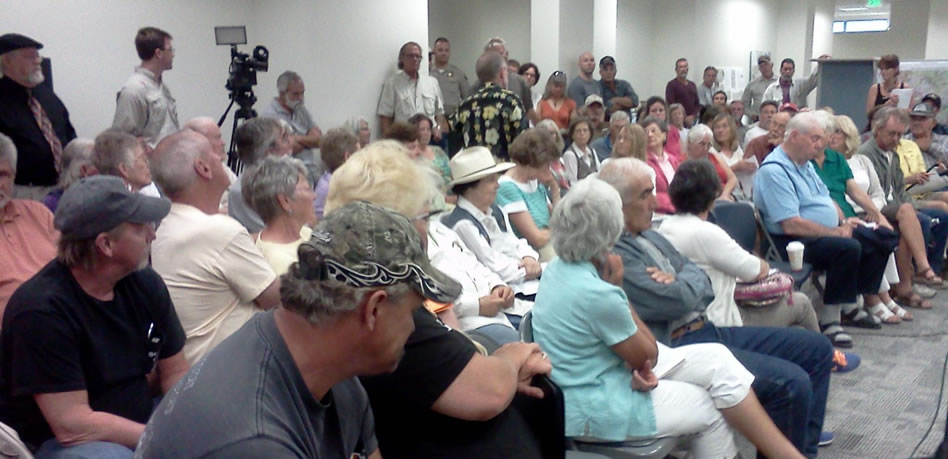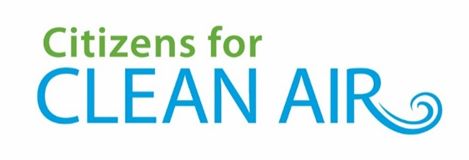
Background
The “Whitewater Unit” (approximately 90,400 acres), is located about 15 miles east and southeast of the City of Grand Junction. Several oil and gas companies have drilled exploratory wells in that area beginning in the 1970s and early ‘80s. Few of those wells have produced enough oil or gas to be commercially viable, but industry interest in the area continues.
Timeline:
- 1974: Mitchell Energy drills seven exploratory wells
- 1979-1981: Mitchell Energy drills 22 wells
- 2002, 2003: Evertson Operating drills additional seven wells
- 2005: South Oil Company and Aspen Well Drilling drills 11 wells
- During the above prior drilling period, hydrocarbons, primarily natural gas, were encountered in all wells within the Dakota and Morrison formations (although a few wells did encounter oil within the Dakota Formation). However, pipelines did not exist and the small volumes were not significant to warrant a development. Therefore, all of the wells were plugged and abandoned.
- The Trans-Colorado gas pipeline (TSP) was built in 1996 through the Whitewater Unit and is connected to the unit at two gathering stations, providing a ready sales channel. The TSP is connected to the Rocky Mountain Express (REX) and provides a secure and cost efficient sales channel for the Whitewater gas to the Eastern coast of the USA.
- 2009 – 2010: Fram Operating, LLC drills seven wells, two of which are producing.
- 2011: Fram Operating LLC drafted The Proposed Whitewater Unit Master Development Plan for a 22,000 acre parcel close to the City of Grand Junction’s watershed.
- 2014:
- Bureau of Land Management (BLM) Grand Junction Field Office (GJFO) publishes an Environmental Assessment (EA) for the plan. A public comment period follows, resulting in 208 unique comments and over 25,000 form letters.
(Community Forum in Whitewater, 2014)
-
- BLM issues a Finding of No Significant Impact (FONSI), approving the plan
- Local advocacy groups request a State Director Review of the FONSI. The request is granted. Group representatives list concerns for the plan, including the removal of references to fracking in the EA. (Groups include Western Environmental Law Center, Western Colorado Alliance and Citizens for Clean Air.)
- April, 2016: BLM Colorado State Office issues a decision by the State Director in response, stating. “it is clear that the proposed development cannot occur without some sort of hydraulic fracturing or acid wash completion…” The approval was remanded and referred to the Colorado River Valley Field Office, in collaboration with the GJFO, to prepare a revised EA.
- 2018: An Updated EA is submitted, opening another public comment period.
- March 2018: The Updated Fram Whitewater Unit Master Development Plan, including Appendices with comments from citizens and governments, is approved. Click here for the plan and public comments.
- April 2018: Fram, a company out of Norway, contacts bondholders of the Whitewater Basin project with a proposal to convey 20,000 acres in the Whitewater Unit to Piceance South Partners, LLC in exchange for $5 million, which would be used by Piceance to fund continuing operations, including to reestablish production from 26 existing wells and drill 20 additional Dakota wells in the Whitewater Unit. The Fram Nordic Trustee document states:
- “The Issuer’s [Fram] financial position remains weak, and the Issuer thus has proposed to make certain amendments to the Bond Agreement, to adopt the terms of the Bonds to a proposed agreement related to partial sale of assets in the US.”
Next Step
Piceance South Partners, LLC must submit an Application for Permits to Drill. As of this time, BLM has not received any applications.
Why Is This Important?
The Western Environmental Law Center outlined their environmental concerns with this project in a 69-page letter to the BLM in August of 2013. They strongly suggested that the cumulative environmental impacts of this project have not been adequately addressed, especially if additional oil or gas is discovered in these “preliminary” wells, and the project expands beyond the scope of this application. They asked that a full Environmental Impact Statement be prepared for this project, especially considering its close proximity to the metropolitan area of Grand Junction.
To read the full letter, Click here.

